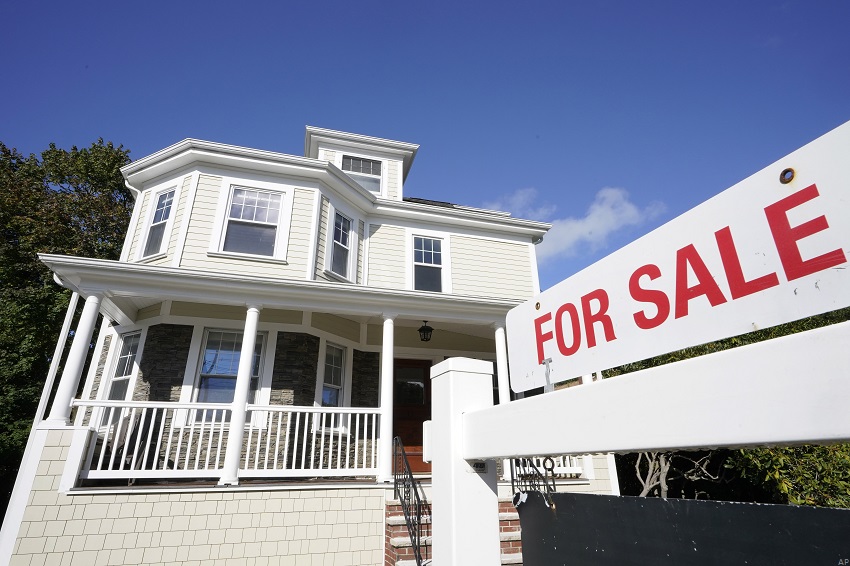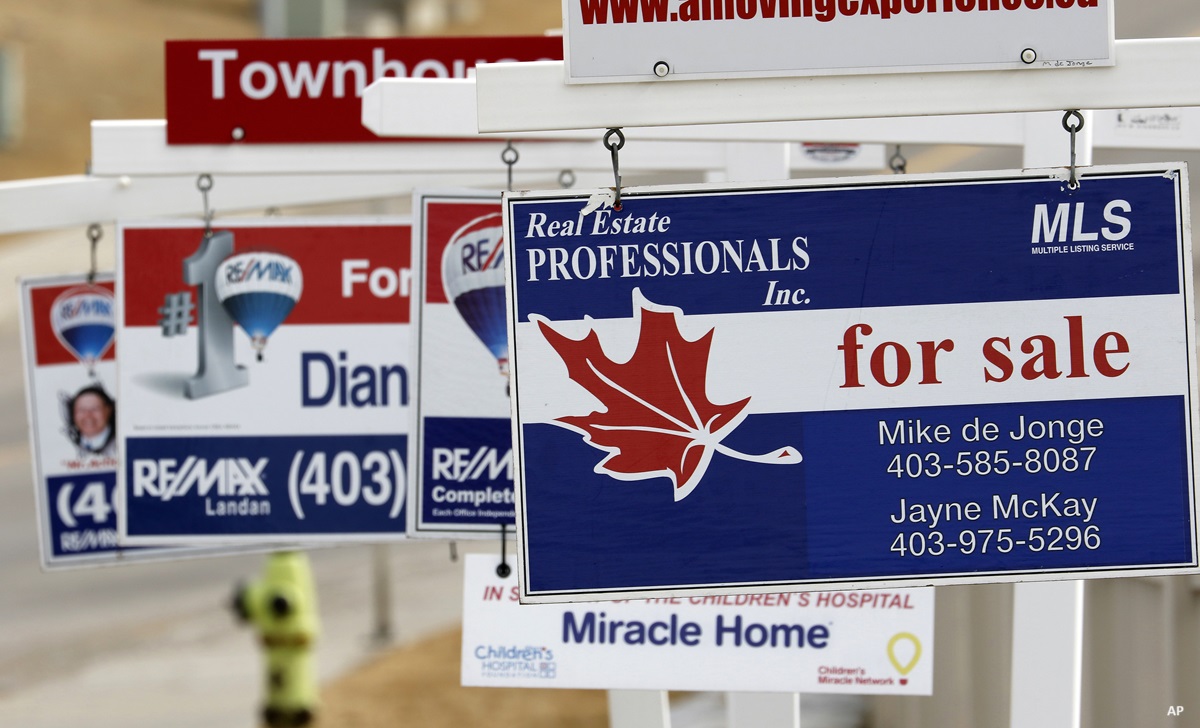
With hordes of urbanites fleeing the cities (and Covid-19) for rural sanctity the past few years, country properties have been hot commodities. But you could be facing a big bill if you don’t sell with a tax strategy.
If you’re a long-time cottage owner astounded by a giant increase in your property’s value, you may be considering cashing out. The incentive might be even greater if it qualifies as a principal residence and thus can be sold tax-free.
Use the Principal Residence Exemption
For most Canadians, home ownership offers an enormous tax break. “The ability to claim the principal residence exemption is the biggest tax advantage available to Canadian taxpayers,” says Aaron Gillespie, Enterprise Tax Partner at KPMG in Canada. “Unlike profits from stocks and other capital investments, no capital gains tax is payable when you sell your principal residence -- assuming you have owned and always used it as your home.” The home must have been “ordinarily inhabited” (as worded in the Income Tax Act) by the owner or a family member. There is no requirement to live in the home full-time or even for a majority of the time. So any cottage that is routinely used by the family is eligible.
But things can get complicated if you own more than one home, typically a city house and a cottage. And while a cottage that you use regularly indeed can be declared a principal residence, if sits on a large piece of land, only a portion of the property may qualify.
In recent years the Canada Revenue Agency has increased vigilance on the exemption’s use, requiring a sale to be reported on vendor’s tax returns. Before the 2016 taxation year, a sale of a property that qualified for the exemption throughout the time of ownership wasn’t reported. Moreover, to limit abuse of the exemption, the 2022 federal budget proposed to deny the use of the exemption on a home sold within one year of its acquisition, and instead require that the profit be reported as business income and taxed accordingly (there are exceptions in certain personal cases such as marriage breakdown and death).
Note that capital gains tax only came into force on Jan. 1, 1972, so decisions over the use of the principal-residence exemption only apply to gains in value after 1971. A cottage vendor also should confirm whether they used all or part of a $100,000 general capital-gains exemption that was available in 1994, which would reduce the capital gain on the property.
Changing a Property’s Designation
If you are likely to sell both a city home and a cottage in the foreseeable future, it makes sense to determine which sale will generate the largest gain (per year owned) and designate it as the principal residence, as long as it meets the criteria. However, you are permitted to claim a different qualifying home for a given year, as long as only one property is identified and ultimately claimed as such for that year.
“For example, say you owned your city home for 30 years and have also owned a cottage for the last 20 years,” says KPMG’s Gillespie, “Where the cottage has a higher average gain per year you can claim the principal residence exemption on the cottage for 20 years of ownership and thus sheltering the entire gain from taxation. At the same time, you’ll be able to maintain the ability to claim the exemption on the house for 10 years of ownership thus sheltering 1/3rd of the gain on your city home.” If you sell your cottage and keep the city home, both homes can be claimed under the exemption for the year of the sale, due to a specific element of the rules assisting with these ‘transitional’ years, Gillespie says. You do not actually make a designation until the time comes to report a sale of a principal residence on your tax return (see “What to Do at Tax Time” below).
One Principal Residence per Family
Prior to 1982, both spouses (or a parent and a minor child) could each have a property designated as a principal residence. Thus, the gains in the value of two homes owned up until the end of 1981 can be sheltered under separate exemptions for each person. For example, the husband could use the exemption for gains on the city house while the wife does so for the cottage. From 1982 onward, only one person can apply the exemption, so you would have to select one home or the other for tax protection, as per the rules discussed above.
Half-Hectare Limit
Normally only terrain of one-half of a hectare surrounding the house is considered to form part of a principal-residence property, and thus sheltered from capital gains tax when sold. But there is a key exception: additional adjacent land may be included to the extent the vendor can prove this land was necessary for the residence’s use and enjoyment. (“Enjoyment” does not include recreational use.)
Criteria that can extend the inclusion beyond a half-hectare could be municipal lot-size regulations, such as minimum dimensions or area, or a subdivision or severance restriction. Arguments in favour of going beyond the half-hectare limit also might include access (the driveway traverses this land), location of a well or other essential infrastructure, or issues of privacy (proximity to neighbouring lots).
Such factors can only apply to the years in which they applied. For example, if a lot-size regulation was only in place for the past 10 years, it would only provide an exception to the half-hectare rule during that period.
Principal Residence Outside of Canada
A property does not need to be situated in Canada to qualify as a principal residence. “This opens the possibility for homeowners to claim the exemption on a vacation property located in a foreign country,” says Gillespie. In such a case, a homeowner should be aware of the requirement for Canadian taxpayers to report their worldwide income on their Canadian tax return while also being aware of the specific tax obligations in the foreign jurisdiction, such as the requirement to pay tax in that country, he says.
What to Do at Tax Time
If you sold a property during 2022 on which you are claiming the principal residence exemption, when you file your income tax return early next year, you will have to indicate that you sold a principal residence on page 2 of Schedule 3, Capital Gains. You must then complete Form T2091(IND), Designation of a property as a Principal Residence by an Individual (Other Than a Personal Trust). It is on the latter form that you include the financial details of the transaction, including any specific years during which the property is being designated a principal residence.




















